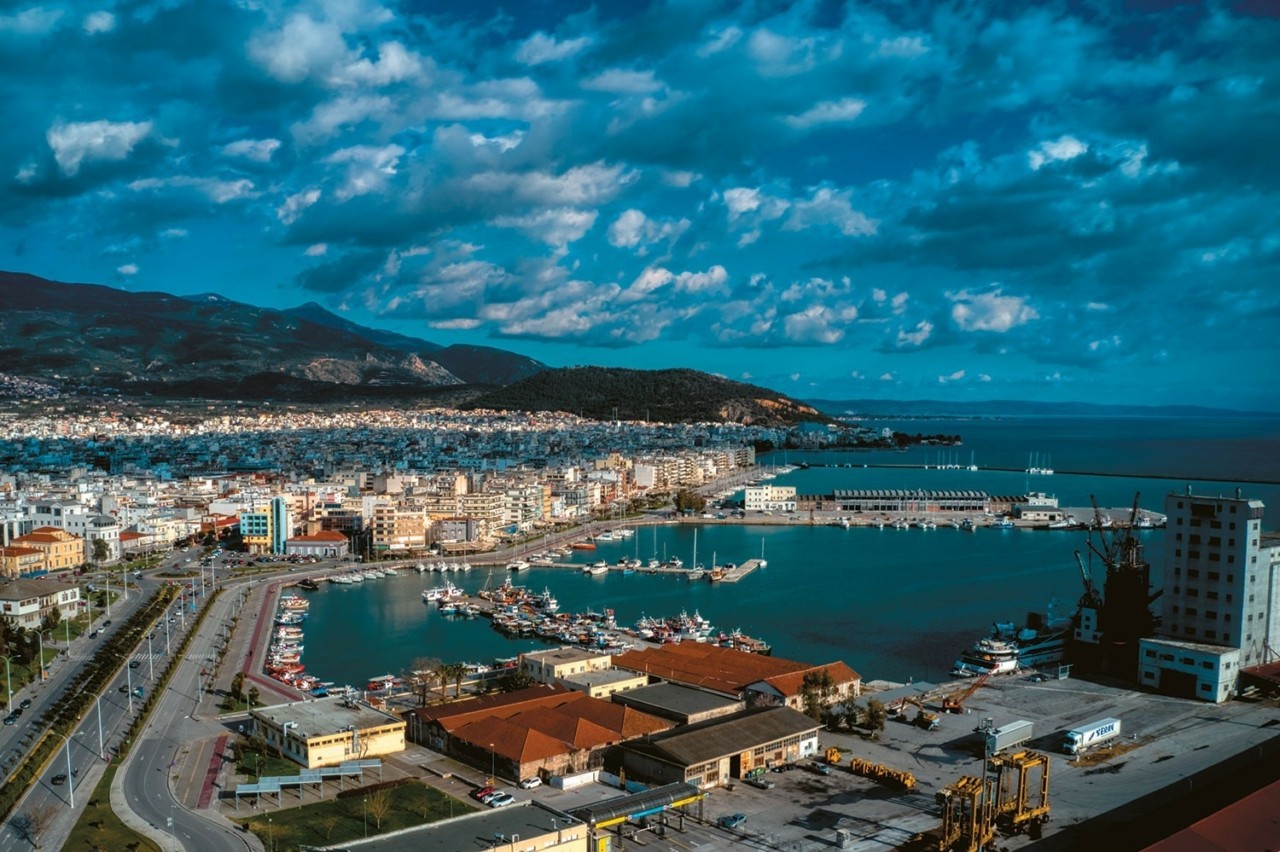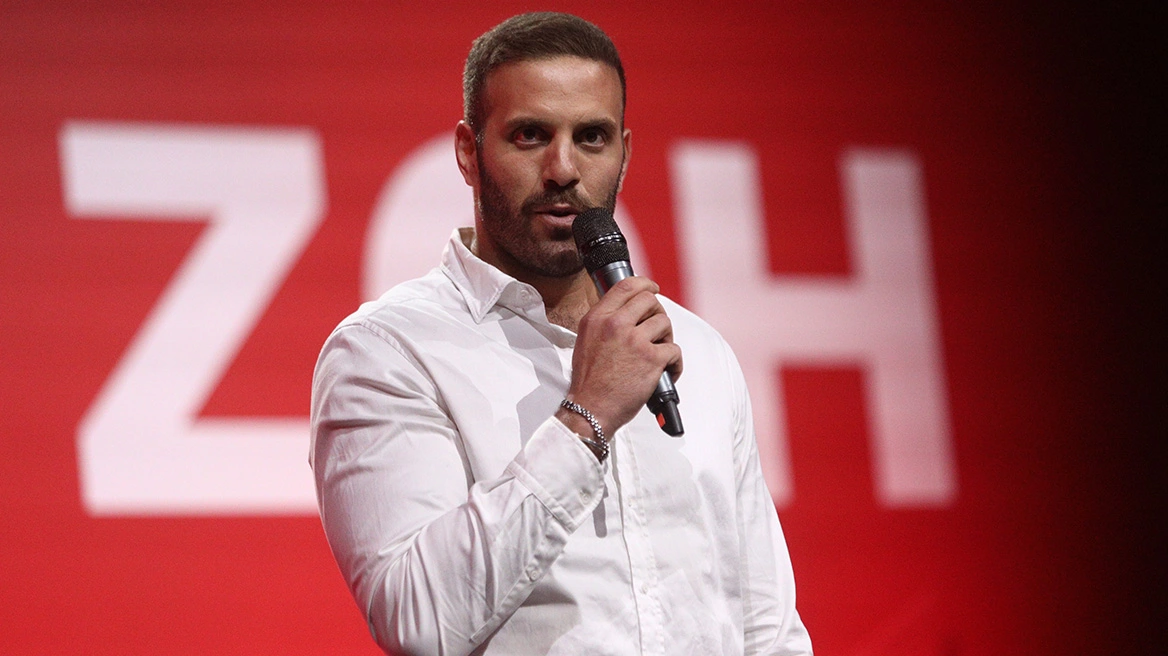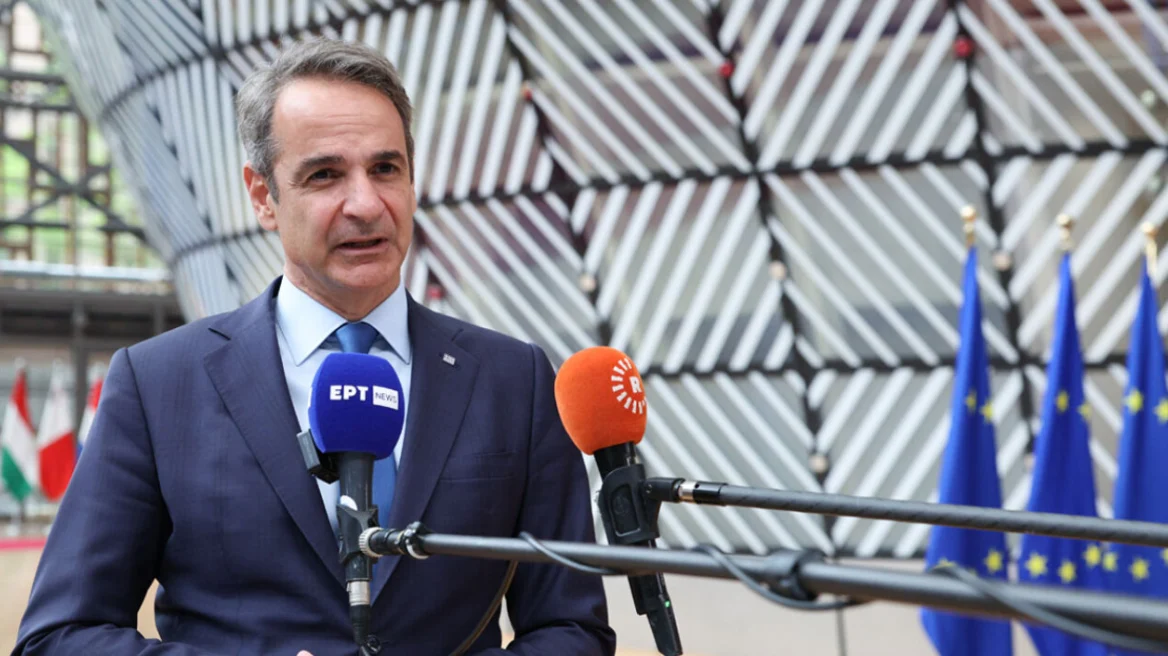Cheaper electricity at midday, where the price of energy due to photovoltaic panels can be up to 50% lower, changes to six-month fixed charges and an extension of coloured tariffs on electricity and gas will bring a new year for thousands of households and businesses.
With green energy production breaking record after record and the volume of photovoltaic power reaching 2.9 gigawatts in 2024, with the total number of renewable energy projects forecast to exceed 16 gigawatts in a year, the government is looking for measures to unlock expensive tariffs and make the most of the energy transition to offer cheaper tariffs.
The start will be made with the dual-zone tariff in early February, which comes to differentiate the traditional night-time tariff and break the charge in two, splitting the hours of lower charges between midday and midnight. It is a measure that is expected to cover around 1.5 million households using dual-registration analogue meters.
Today, increased renewable generation, combined with low demand during midday hours, is changing the game and precipitating wholesale prices often to zero and sometimes even negative prices, providing economic incentives for consumers to increase demand for electricity during those hours. By shifting consumption to midday, the side effects caused by the onslaught of photovoltaics by “dumping” energy that cannot be absorbed and demand during the more expensive hours will be reduced, pushing down the average wholesale price overall and therefore prices.
“Because with the midday tariff, we are targeting higher consumption than in the evening and people’s potential to consume at those hours is much higher, we estimate that this will bring down wholesale prices,” Environment and Energy Minister Theodoros Skylakakis tells THEMA. “If we have even a 3%-5% shift in demand at noon, this difference compared to the evening hours is between 60 and 80 euros a megawatt hour,” the minister added.
The new low tariff hours will be able to cover heating needs (accumulators, heaters), cooking and iron both on weekdays and weekends and will be communicated through an advertising campaign to inform people about the real possibilities of the mixed tariff.
Indicatively, with the average wholesale price on Friday 27 December ranging from 104 to 122 euro/megawatt-hour at midday (12.00-15.00) and the corresponding prices from 17.00 to 19.00 from 147 to 158 euro/megawatt-hour, the difference in energy costs ranges from 29.5% to 41.3%, offering significant savings for those who choose to consume at midday.
The dual-zone tariff will also be supported by all modern digital devices, which can be programmed remotely without necessarily requiring physical presence in the home. The ministry’s political leadership, however, maintains that the midday audience is not negligible. It is estimated that over 50% of the country’s active population is at home, making up the club of retired people, telecommuters, freelancers, as well as children and non-workers.
New hours
The dual-zone tariff will be offered other hours in winter and other hours in summer on weekdays and weekends.
From November to March, which is the winter season, the midday zone will cover the hours from 12.00 to 15.00 and between 02.00 and 05.00. Similarly for the summer time period, which will start in April and run until October, the cheap lunch hours will be one hour ahead, from 11.00 to 15.00 and the midnight hours from 02.00 to 04.00.
Today, the PPC’s night tariff, which was established many decades ago (02.00-08.00 in winter and 23.00-07.00 in summer), is considered an impractical one, since it was designed when lignite dominated electricity production in order to stimulate demand for electricity during the evening (dead) hours when the lignite plants were in operation.
The transition to the dual-zone billing environment will be automatic provided consumers have an analog meter. The tariff change will therefore not affect new customers, but only those who have previously enjoyed the night-time tariff. Besides, the mixed tariff (day-night) is the antechamber of the orange tariffs that the ministry will launch, barring any contingency, in February. In other words, it is a transitional solution until the implementation of dynamic tariffs (orange) is launched, since these meters will also be replaced by smart meters in the process. 150,000 meters will be excluded from this category early in the year, as they do not have the specifications needed to be able to be set up in the new midday tariff environment. For them, it is planned that they will retain their existing night-time tariff until their meters are replaced with new smart meters, which they will receive on a priority basis.
The PPP, which is the subsidiary of PPC and the operator of the electricity distribution system, has already proceeded with the selection of the three contractors who will be responsible for installing the new digital meters on the electricity grid in stages until 2030. Based on the planning, the operator predicts that by 2024 the number of meters will be closed to 400,000 at low voltage, while an additional 500,000 are planned to be installed by 2025. At a faster pace, the grid will begin to be digitized from 2026, a year in which smart meters are estimated at 1.3 million, with the goal of installing more than 1 million annually to replace a total of 7.3 million by 2030.
The price equation
The bi-zonal tariff and by extension dynamic pricing through orange tariffs is the exercise the ministry is doing to show the way for how Renewable Energy Sources (RE) can give better prices to consumers.
So far, the problem is that the increased penetration of RES in our electricity system, due to the structure of the market (prices are set by the marginal system price set by gas plants) and the geopolitical crises and technical problems created by incomplete electrical interconnections in Southeastern Europe have resulted in the low cost of RES not being passed on to Greek households, even though green energy accounts for more than 50% of the country’s electricity production.
In fact, a recent report by the Commission’s Directorate General for Energy (DG Energy) examining the electricity market in the third quarter of the year said that high renewable and nuclear generation, combined with subdued demand and lower gas prices, kept wholesale prices lower. The average wholesale price in the EU stood at EUR 78/megawatt-hour, down 8% from EUR 85 in Q3 2023. However, in Greece the average price was at EUR 125 and much higher than the EU average. Overall, prices in member states were on average 5% lower than in 2023. This difference in prices sparks debates about the real benefits of renewables and often also creates embarrassment for the government, which while it has made leaps and bounds in terms of penetration of clean energy technologies, often walks a tightrope when it comes to wholesale prices in electricity, which in turn affect retail prices.
Change the… blue track
A major defence to this price imbalance is the blue tariffs that are estimated to have multiplied (the Ministry of Environment estimates put them at 1 million, if the pool of farmers who have compulsorily gone to the fixed tariffs is included).
A major change that the ministry is adopting with the new year is that from January 17 it will cease to include six-month and eight-month closed contracts in the blue tariffs, replacing them with 12-month contracts. For those consumers who have purchased six-month products that will expire after January 17, the Ministry of Energy is planning legislation that will include a transition period until those contracts expire, which is expected to occur by the end of the first half of 2025.
Energy suppliers will be able to offer consumers six-month fixed-rate tariffs, but these will be included in the mixed tariffs and will be marked yellow.
These tariffs will have market risk, as their price will be determined by wholesale fluctuations, but will not include early termination clauses, as is the case with blue tariff contracts, something the Energy Suppliers Association (ESPEN) has said it disagrees with, saying these contracts involve companies taking hedging actions and have costs. Therefore, they say, the offer of a fixed-price tariff for a certain period of time must be accompanied by a commitment on the part of the consumer to remain on that tariff for that period of time.
As far as green tariffs are concerned, the government has decided to keep them in the market because of the large customer base they continue to have in the market, with the lion’s share being held by the PPC.
Today, although the green tariff remains up to 50% more expensive than the blue tariffs, however, market officials say there is a great deal of reluctance from people to switch. The colour-coded tariffs that came into being a year ago on electricity will be extended from the new year to gas products. Consumers will be able to choose between a yellow variable tariff based on fluctuations in the price of gas on the Dutch trading hub (TTF) and a blue fixed tariff so that the familiarity they have acquired with electricity can be extended to gas. This will allow for greater transparency, control and price comparison, which is currently not possible.
The wedge of orange
The new equation of tariffs that will enter our lives in the second half of 2025 is not missing the orange tariffs, which in the first phase will only be used by professional consumers and this is because the basic requirement is the existence of a smart meter. The orange (or dynamic) tariffs will be offered at a different price per hour of the day and will follow the wholesale market curve, which will be made known by energy providers to consumers in the afternoon of the previous day.
The plan envisages that there will be alert notifications to consumers from the day before until 8 p.m. in case the wholesale price is above the 150 euro/megawatt-hour level to notify the “no-go zone” for consumption due to high prices. Consumers will also receive an SMS or Viber message on their mobile phones from suppliers in case the megawatt-hour price rises above 200 euros, warning of high energy costs.
The orange tariffs should be offered by companies with more than 200,000 consumers, thus companies with increased market shares, which for the first half of 2025 in this category include PPC, METLEN, Heron, nrg, Elpedison and Zenith.
Brake on defaulters
The new pricing framework will also be accompanied by new regulatory interventions on consumer movements, with the aim of narrowing the gap of excessive overdue debts exceeding EUR 2.4 billion, of which about EUR 1 billion concerns existing customers.
With the amendment of Article 42 of the supply code prepared by the Ministry of Environment and Natural Resources following a recommendation by RAEAY, in the future, after three unpaid bills, these consumers will be red-flagged in the Debt Flagging system of DEDDEO and their ability to move to the electricity market will be blocked if they have unpaid bills.
Until now, consumers have been allowed to move freely from provider to provider without being blocked when they have not paid their previous bill, which has exploded debts in the market and magnified the rates of energy tourism.
Ask me anything
Explore related questions





